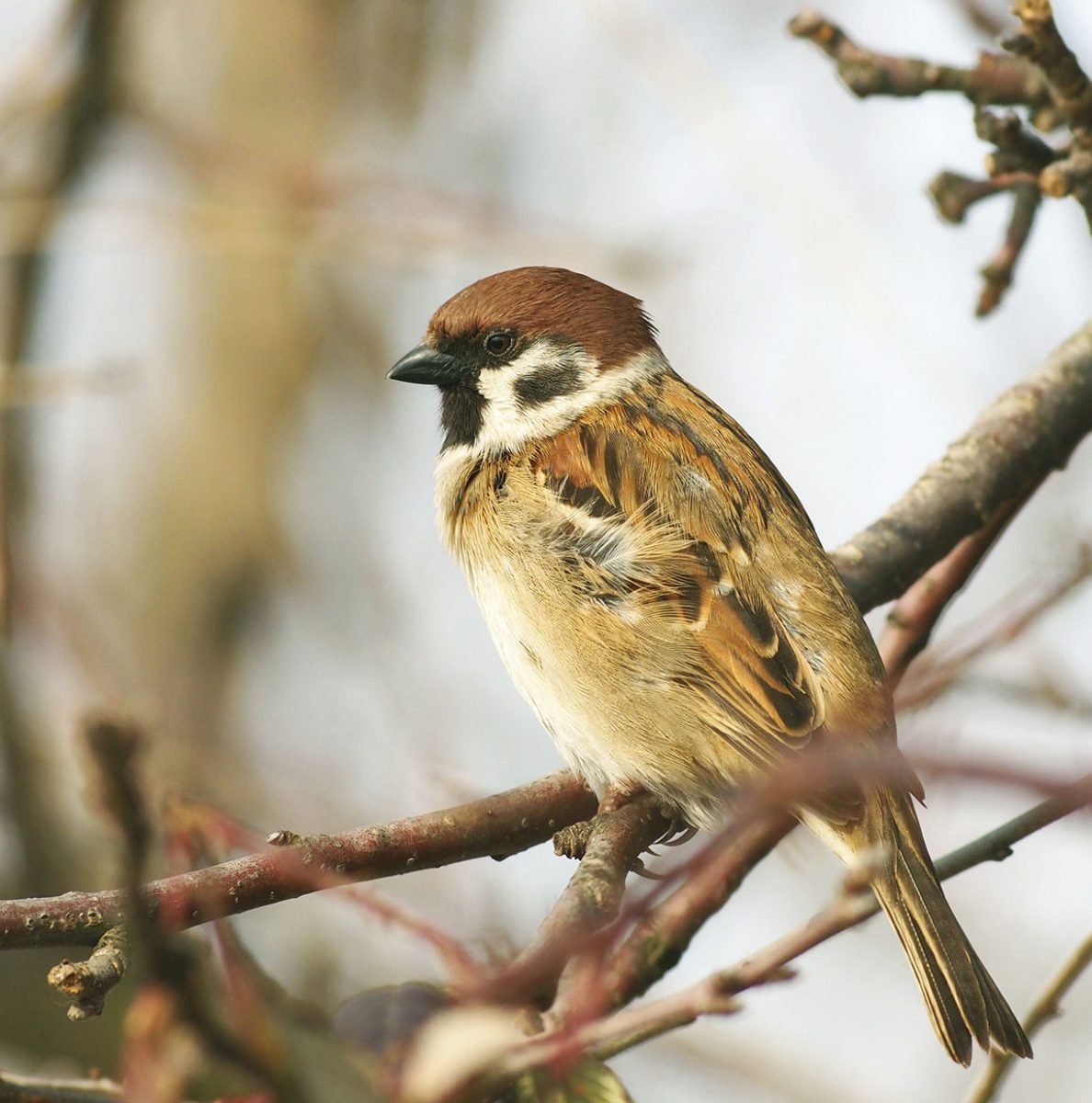Deploy Folding Table of contents
They might be small and unassuming, but the house sparrows that inhabit our cities and towns have fascinating and remarkable stories to tell. These little-known birds are one of the most common birds in the world and are capable of adapting to almost any environment they find themselves in. In this article, we’ll take a closer look at the fascinating world of house sparrows and uncover some of their little-known mysteries.
Unveiling the Fascinating Facts About House Sparrows
House sparrows are some of the most successful and widespread birds in the world, with an estimated 500 million of them inhabiting almost every single continent. They are easily distinguishable thanks to their small size and their brown and black streaked feathers. Although they are considered to be one of the most common birds in the world, they are still of great importance to the environment since they help in the pollination of many plant species. House sparrows have also been known to help in controlling the population of pests such as flies, mites, and other insects.
Exploring the Unknown Mysteries of the House Sparrow
House sparrows are part of a complex social network, and they are capable of communicating with each other through a wide range of different vocalizations. They are also incredibly resilient, and they can survive even the harshest of weather conditions and the most severe of winters. One of the most fascinating mysteries of house sparrows is their unique ability to migrate in large groups from one area to another. Scientists are still trying to uncover the secrets of this remarkable adaptation.
A Deeper Look Into the Lives of House Sparrows
House sparrows play an important role in their local ecosystems and their presence is often seen as a sign of a healthy environment. They are known to be extremely resourceful and can even build their own nests using materials such as twigs, grass, and leaves. Their nests are often located in trees or under the eaves of buildings, but some species of house sparrows are also known to build their nests on the ground. House sparrows are also incredibly adaptable and can survive in a wide range of climates, from temperate to tropical regions.
Discovering the Surprising Behaviors of House Sparrows
House sparrows are one of the most social birds in the world, often forming large colonies and flocks. They have an incredibly complex form of communication and are able to recognize the different vocalizations of their flockmates. They are also known to be highly territorial and will fiercely protect their nests from predators and rivals. House sparrows have also been known to exhibit a wide range of behaviors such as begging for food, preening their feathers, and dust bathing.
Uncovering the Secrets of the House Sparrow
The secrets of house sparrows are still a mystery, but scientists are slowly uncovering the secrets of these fascinating birds. From their social behaviors to their unique migratory patterns, house sparrows are some of the most fascinating creatures in the animal kingdom. With more research and studies, we may even uncover more of the secrets of this extraordinary species.
House sparrows are incredibly fascinating creatures, with complex social behaviors, survival mechanisms, and remarkable migratory patterns. Despite their small size and unassuming nature, they have fascinating stories to tell and have been a part of the animal kingdom for centuries. With the right knowledge and research, we can uncover all of the mysteries that the house sparrow hides.
- Audouin, M. (2001). The House Sparrow: From Gossip to Genetics. Cambridge: Cambridge University Press.
- Webb, A. (1997). The House Sparrow: A Study in Social Evolution. Oxford: Oxford University Press.
- Lack, D. (1954). The Natural Regulation of Animal Numbers. Oxford: Oxford University Press.



